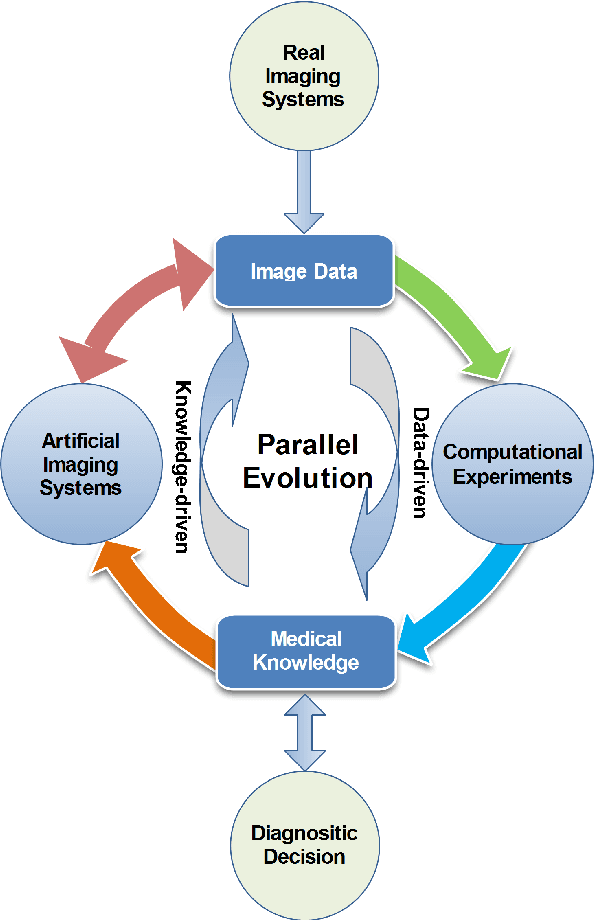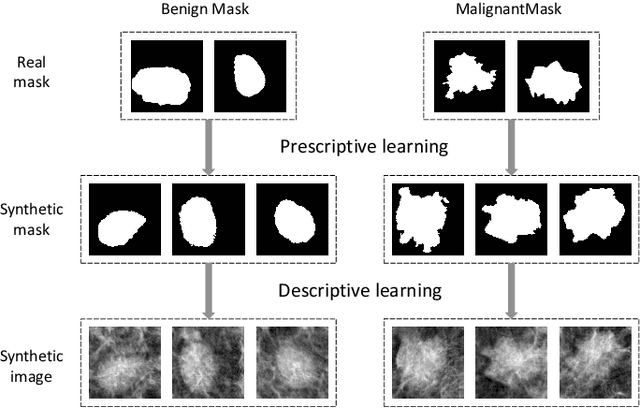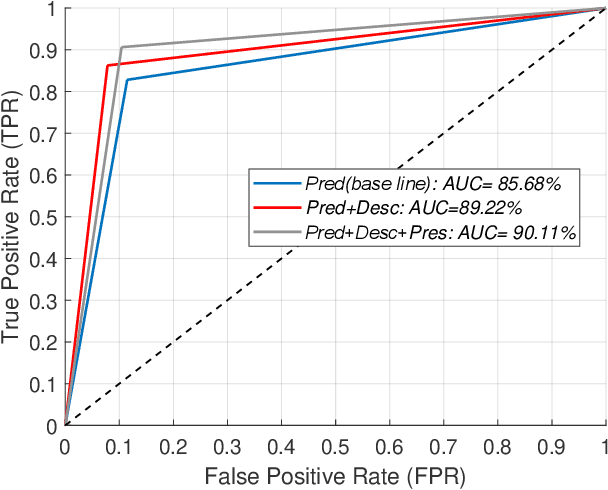Wenbo Zheng
DeconfuseTrack:Dealing with Confusion for Multi-Object Tracking
Mar 05, 2024Abstract:Accurate data association is crucial in reducing confusion, such as ID switches and assignment errors, in multi-object tracking (MOT). However, existing advanced methods often overlook the diversity among trajectories and the ambiguity and conflicts present in motion and appearance cues, leading to confusion among detections, trajectories, and associations when performing simple global data association. To address this issue, we propose a simple, versatile, and highly interpretable data association approach called Decomposed Data Association (DDA). DDA decomposes the traditional association problem into multiple sub-problems using a series of non-learning-based modules and selectively addresses the confusion in each sub-problem by incorporating targeted exploitation of new cues. Additionally, we introduce Occlusion-aware Non-Maximum Suppression (ONMS) to retain more occluded detections, thereby increasing opportunities for association with trajectories and indirectly reducing the confusion caused by missed detections. Finally, based on DDA and ONMS, we design a powerful multi-object tracker named DeconfuseTrack, specifically focused on resolving confusion in MOT. Extensive experiments conducted on the MOT17 and MOT20 datasets demonstrate that our proposed DDA and ONMS significantly enhance the performance of several popular trackers. Moreover, DeconfuseTrack achieves state-of-the-art performance on the MOT17 and MOT20 test sets, significantly outperforms the baseline tracker ByteTrack in metrics such as HOTA, IDF1, AssA. This validates that our tracking design effectively reduces confusion caused by simple global association.
Decoding Taste Information in Human Brain: A Temporal and Spatial Reconstruction Data Augmentation Method Coupled with Taste EEG
Jul 01, 2023Abstract:For humans, taste is essential for perceiving food's nutrient content or harmful components. The current sensory evaluation of taste mainly relies on artificial sensory evaluation and electronic tongue, but the former has strong subjectivity and poor repeatability, and the latter is not flexible enough. This work proposed a strategy for acquiring and recognizing taste electroencephalogram (EEG), aiming to decode people's objective perception of taste through taste EEG. Firstly, according to the proposed experimental paradigm, the taste EEG of subjects under different taste stimulation was collected. Secondly, to avoid insufficient training of the model due to the small number of taste EEG samples, a Temporal and Spatial Reconstruction Data Augmentation (TSRDA) method was proposed, which effectively augmented the taste EEG by reconstructing the taste EEG's important features in temporal and spatial dimensions. Thirdly, a multi-view channel attention module was introduced into a designed convolutional neural network to extract the important features of the augmented taste EEG. The proposed method has accuracy of 99.56%, F1-score of 99.48%, and kappa of 99.38%, proving the method's ability to distinguish the taste EEG evoked by different taste stimuli successfully. In summary, combining TSRDA with taste EEG technology provides an objective and effective method for sensory evaluation of food taste.
Parallel Medical Imaging: A New Data-Knowledge-Driven Evolutionary Framework for Medical Image Analysis
Mar 12, 2019



Abstract:There has been much progress in data-driven artificial intelligence technology for medical image analysis in last decades. However, it still remains a challenge due to its distinctive complexity of acquiring and annotating image data, extracting medical domain knowledge, and explaining the diagnostic decision for medical image analysis. In this paper, we propose a data-knowledge-driven evolutionary framework termed as Parallel Medical Imaging (PMI) for medical image analysis based on the methodology of interactive ACP-based parallel intelligence. In the PMI framework, computational experiments with predictive learning in a data-driven way are conducted to extract medical knowledge for diagnostic decision support. Artificial imaging systems are introduced to select and prescriptively generate medical image data in a knowledge-driven way to utilize medical domain knowledge. Through the parallel evolutionary optimization, our proposed PMI framework can boost the generalization ability and alleviate the limitation of medical interpretation for diagnostic decision. A GANs-based PMI framework for case studies of mammogram analysis is demonstrated in this work.
 Add to Chrome
Add to Chrome Add to Firefox
Add to Firefox Add to Edge
Add to Edge